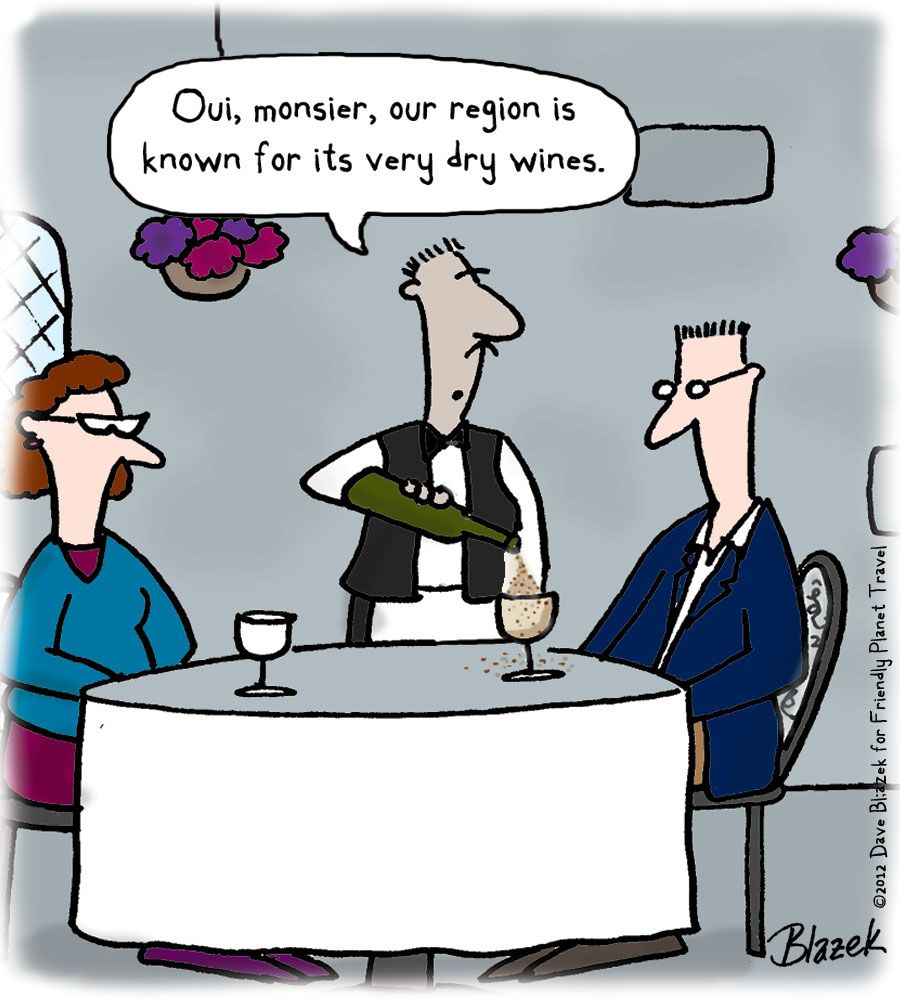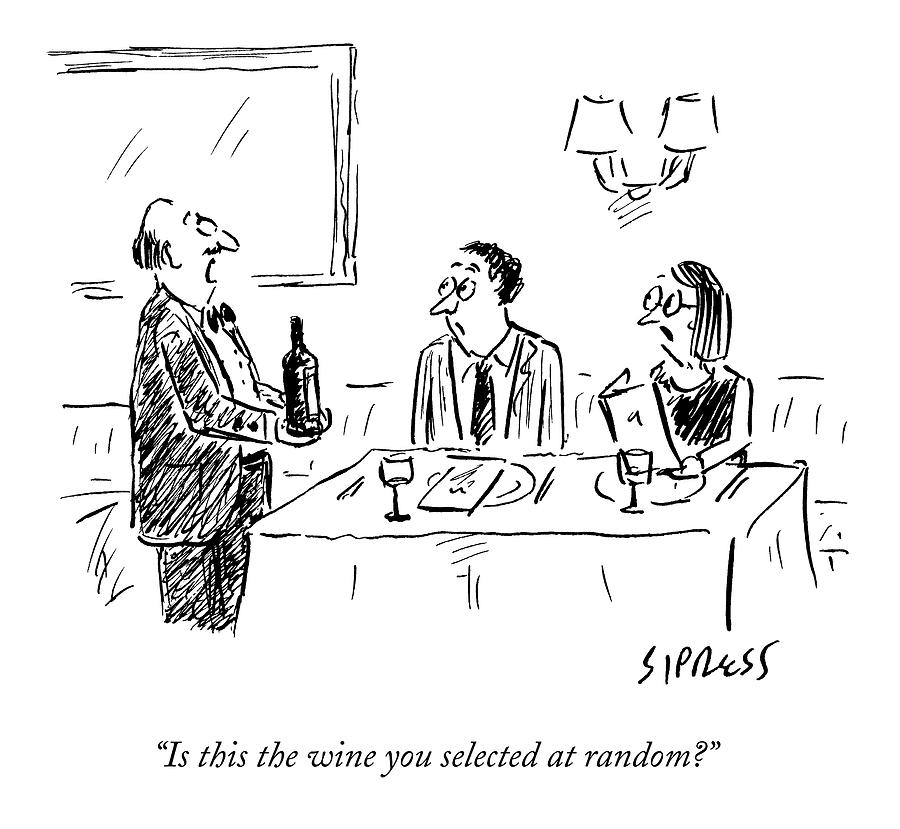Eben Bezuidenhoud is the founder of Independent Sommelier, a company that helps restaurants and consumers alike to enjoy the innovative and diverse realm of wine. He consults for restaurants, hotels and private clients.
I can see the picture. You’re out at a great restaurant and the evening has kicked off great. So to keep the ball rolling you order a bottle or glass of wine. It arrives at the table, you taste the lovely liquid expecting bliss, yet something just doesn’t taste quite right. You can’t quite describe it but it just doesn’t hit the spot.
So now the question is, is the wine faulty or do you just not like it?
And that question, in itself, creates a bit of a problem because how do you know if a wine is faulty? Are you being too critical? After all, you’re here to enjoy yourself, not have a stand-off with your waiter or sommelier. So, I recommend reducing your own trepidation by building your confidence around wine. There are two ways you can do this.

Firstly, corked and oxidized wine are the two most common faults we find in restaurants, so it is a good idea to know what a corked or oxidised wine smells and tastes like.
- The smell of a corked wine will remind you of wet newspaper or soggy cardboard. At the same time it will be very dry on the palate with a bitter taste (Appealing, no?).
- Oxidised white wines smell like sherry, while oxidised red wines smell like port. Both may taste a little sweeter than they should with nutty, stewed fruit aromas. In all these scenarios early indications of a possible taint may be that the wine just doesn’t have any fruit aromas, smelling quite plain and uninteresting.
Secondly, get to know what you really like and find vocabulary that describes that. A sommelier’s job, amongst other things, is to pair a bottle from the restaurant’s selection with the description that you’ve given him. Enable him to do just that. He’s taking his cues from you, after all. When you do come across a wine that really speaks to your preferences, like that Shiraz at your neighbour’s braai last Saturday, take note of it. Try and describe it to yourself. Is it fruity or smokey? Does it taste a little bit sweet or is it dry as a bone? Do you like something that has been in oak barrels or do you like lighter styles? Giving the sommelier an example of a wine from a specific producer that you really enjoy also helps. A good sommelier will find an alternative, even if the restaurant doesn’t have that particular wine in the cellar.

But now you have some wine on your table that you really don’t want. What do you do next? Politely tell your waiter/sommelier that you think the wine is faulty and that you’d appreciate it if they taste it to confirm. Any restaurant professional that’s worth their paycheck will do this for you and probably ask you if you want a different bottle either way. Restaurants want you to be happy, after all. This is true even when the wine isn’t faulty but you indicate that you really don’t like it. Just keep in mind though that once a restaurant has opened a bottle of wine for you and you reject it, they cannot sell that bottle of wine and they take a financial knock. Be considerate of their needs as well, they’re just trying to make a living. Managing this process is key to not spoiling the rest of the dining experience.


